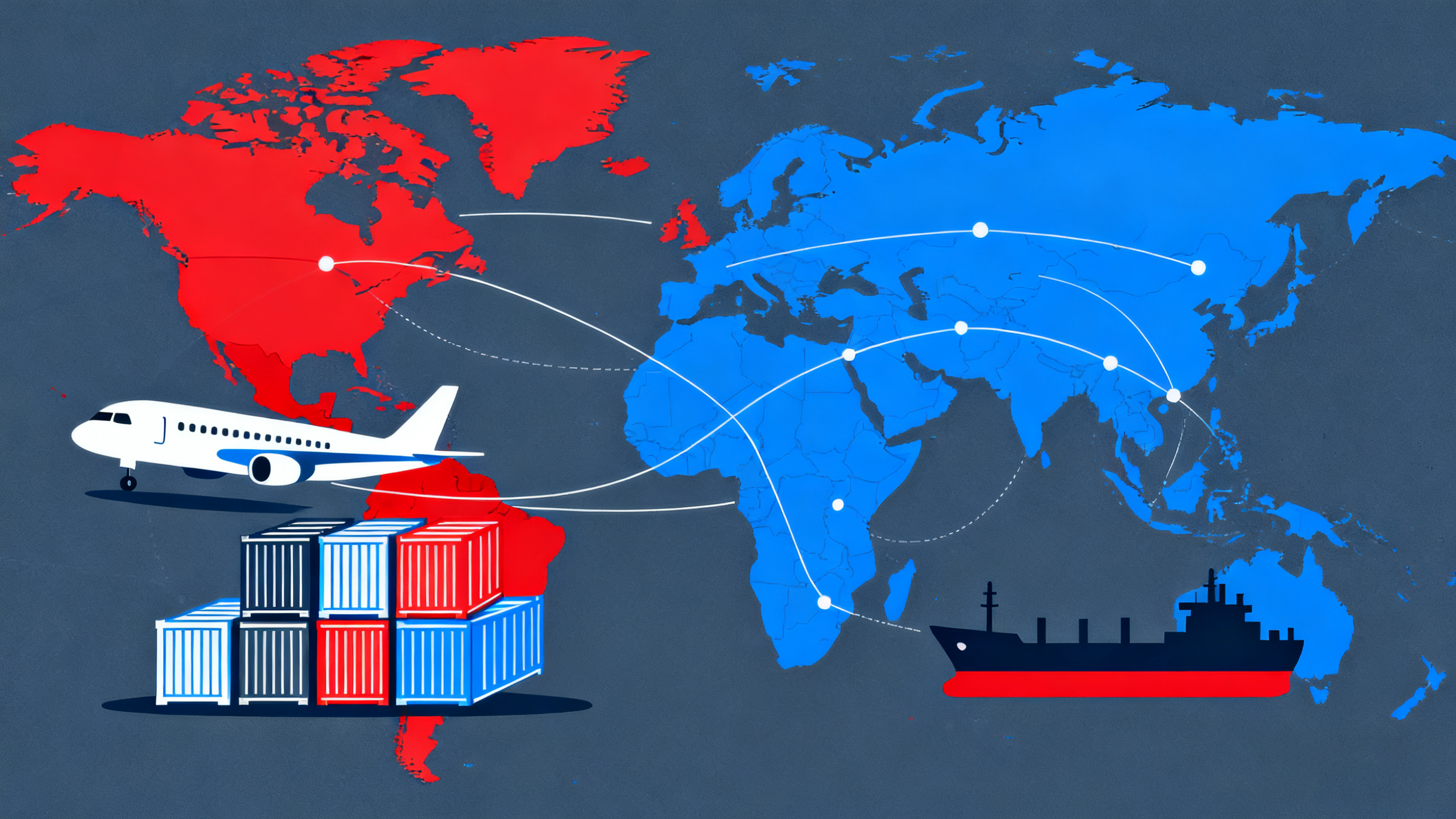In 2025, the global procurement of military apparel has entered a new stage shaped by geopolitical realities. Politicians, policymakers, and procurement officers are forced to consider not only cost and quality but also the political alignment of the nations from which they source uniforms and protective gear. The issue is no longer limited to textile durability or advanced functionality; it has become a critical question of national security strategy.

Military apparel has always been more than just fabric and stitching—it represents sovereignty, discipline, and readiness. Today, when governments negotiate contracts with a military apparel supplier, the discussions extend beyond design and material innovation. They involve complex political calculations:
Will the supplier country remain a stable partner in the coming years?
Does the supplier align with the buyer’s foreign policy?
Could sanctions or export restrictions disrupt deliveries?
For example, tensions in Eastern Europe and the South China Sea have heightened fears of interrupted supply chains. Governments are prioritizing deals with trusted defense garment manufacturers within allied nations, even if costs are higher. This reflects a shift from a market-driven procurement approach to one dominated by political reliability.
The textile and garment industry for defense is deeply intertwined with global trade. From synthetic fibers sourced in Asia to advanced stitching technologies in Europe, the industry relies on multinational collaboration. However, with geopolitical fault lines expanding, the risk of disrupted logistics has increased dramatically.
In 2025, several governments are investing in “friend-shoring” strategies—relocating critical production of combat uniforms to politically aligned countries. For instance, NATO members increasingly prefer tactical clothing exporters from within the alliance rather than suppliers based in neutral or rival regions. Similarly, countries in Southeast Asia are looking to diversify away from single sources, building redundancy to ensure continuous access to combat apparel distributors.
Geopolitical tensions also inflate costs. Tariffs, sanctions, and restricted trade routes have led to significant price volatility. Military procurement officers are facing dilemmas: whether to pay more for reliable partnerships or risk potential delays with cheaper, politically unstable suppliers.
Defense budgets in 2025 reflect this challenge. While many nations have increased overall defense spending, apparel procurement often receives less public attention compared to weapons systems. Nonetheless, for soldiers, reliable and protective uniforms are as essential as rifles or armored vehicles. Policymakers stress that allocating sufficient resources to secure dependable military uniform providers is not just a logistical necessity but a matter of national defense.
Another impact of geopolitics is the push toward self-reliance. Governments are incentivizing local industries to build domestic capacity in defense textile manufacturing. For example, in Europe, joint procurement initiatives encourage regional companies to scale production, reducing dependency on suppliers from rival geopolitical blocs.
This shift has broader economic implications. Countries that successfully develop domestic military garment industries not only safeguard supply security but also create new opportunities for technological innovation—such as fabrics with anti-infrared properties, enhanced durability, or climate adaptability. Political leaders argue that this is a long-term investment in both security and economic resilience.
(1).png) Alliances and Collective Procurement
Alliances and Collective Procurement
Geopolitical alliances now extend into procurement strategies. NATO, the African Union, and ASEAN defense frameworks are experimenting with collective buying agreements, pooling resources to negotiate with combat uniform suppliers as a bloc. This approach allows smaller countries to access advanced materials at competitive prices, while ensuring that all participating members source from politically compatible partners.
Such initiatives also strengthen diplomatic ties, turning procurement into a tool of foreign policy. As one senior policymaker recently stated: “When our soldiers wear uniforms sourced from trusted partners, they are not just wearing protective gear—they are wearing a symbol of alliance and solidarity.”
Looking ahead, 2025 marks only the beginning of a more politicized era of military apparel procurement. Politicians expect that future contracts will come with built-in clauses addressing sanctions, trade restrictions, and even human rights considerations in the supplier’s country. In essence, choosing a military apparel supplier is becoming as strategic as selecting a weapons contractor.
For businesses, this shift presents both challenges and opportunities. Tactical clothing exporters who align with the political values of major defense buyers are likely to see long-term stability and growth. Conversely, suppliers caught in the crossfire of geopolitical disputes risk exclusion from lucrative government contracts.
Ultimately, the procurement of military apparel in 2025 is a vivid example of how geopolitics shapes not just global diplomacy, but also the very uniforms soldiers wear on the front lines.